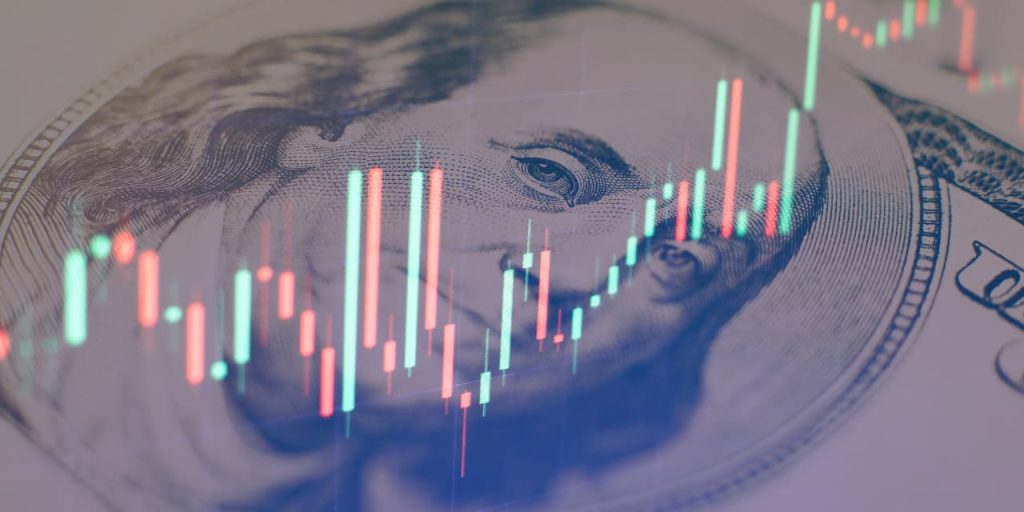Fund flows usually chase performance, and yet one fixed income exchange-traded fund is bucking the trend.
The $41.8 billion
iShares 20+ Year Treasury Bond ETF
(ticker: TLT) has pulled in $19.8 billion in assets this year, according to
BlackRock,
despite ranking near the bottom of the performance tables.
And it could see more inflows as investors who believe the Federal Reserve may finally be finished hiking interest rates start loading up on long-dated bonds. Bond yields and prices have an inverse relationship.
If yields fall, TLT will deliver outsize gains to investors because it holds long-dated bonds. If yields rise, of course, TLT will deliver big losses, and that is what has happened for much of this year.
Shares of the wildly popular ETF are trading at $89.08, down nearly 50% from their record high in 2020. The steep rise in Treasury yields this year has also hurt total returns: the fund is down 9.05% this year, while the
S&P 500
(SPX) is up about 14% year to date.
“Severe underperformance is rarely seen as the recipe for raising new assets; fund flows tend to chase big positive returns, not losses,” said Scott Opsal, director of research and equities for the Leuthold Group, an investment research and asset management firm, in a note.
“Investors’ atypical response to the dreadful returns posted by TLT,” he said, reflects “extraordinary behavior.”
Of course, all mutual funds and ETFs that hold long-dated bonds are having wild rides this year because interest rates have fluctuated so much. What makes TLT exceptional is how much money it is attracting.
Rob Isbitts, an independent investment strategist and ETF researcher, sees echoes of the meme stock frenzy in investors’ behavior and the volatility of the fund’s share price, which has bounced around like “a jack rabbit.”
Meme stocks are companies that are valued more for the excitement around trading them than their underlying fundamentals. Videogame seller
GameStop
(GME) is the original meme stock.
“My concern is that TLT has become a temporary cult-hero to people who want to ‘invest’ in bonds,” said Isbitts. “It is not a proxy for all-things bond market.”
Still, more assets could be headed TLT’s way.
In a recent note Rick Rieder, chief investment officer of global fixed income at BlackRock, said “the potential for a Fed pause presents an opportunity for investors to consider adding duration back into their portfolios.”
Duration denotes the sensitivity of a bond’s price to changes in interest rates. Long-term Treasuries have a high duration and thus high interest rate risk.
In a note, Nicholas Colas, co-founder of DataTrek Research, said that If interest rates do head lower from here, the best parts of the U.S. bond market to own are those with the highest or longest duration.
Investors in long-dated bonds benefit from price appreciation if yields come down. Longer-duration bonds are the most sensitive to interest rate moves, and so appreciate faster if rates fall and decline faster if they climb higher.
TLT has a duration of 16.4 years, according to DataTrek. That means a 1% rise in rates will cause roughly a 16% drop in price.
That is more than twice the duration of its cousin the
iShares 7-10 Year Treasury Bond ETF
(IEF).
“Our own inclination is to be long duration here but, whether you agree or not, being aware of where your bond portfolio sits on this continuum is going to be useful information in the months ahead,” Colas said.
Write to Lauren Foster at lauren.foster@barrons.com
Read the full article here
